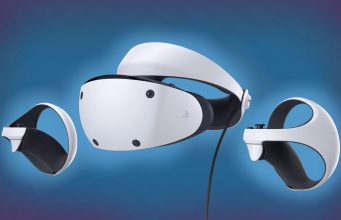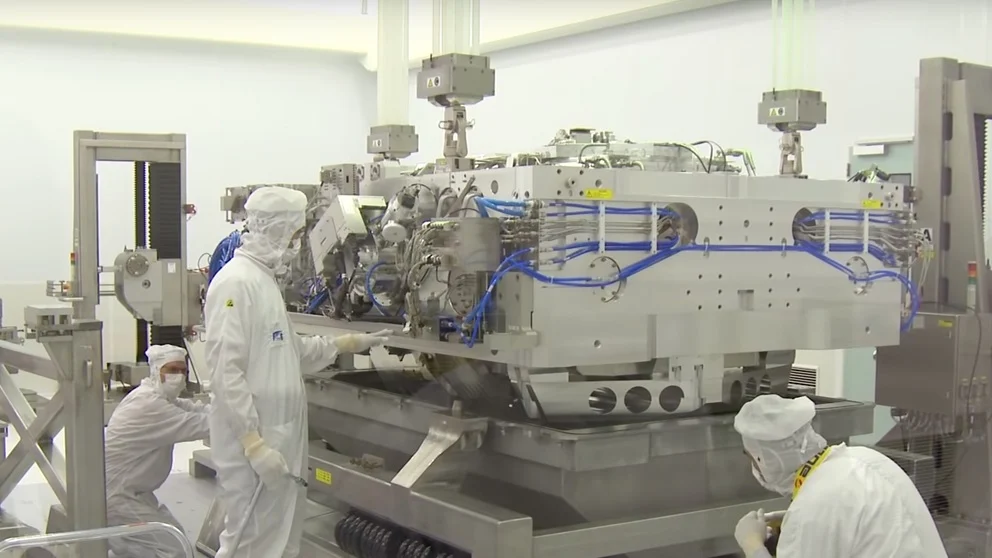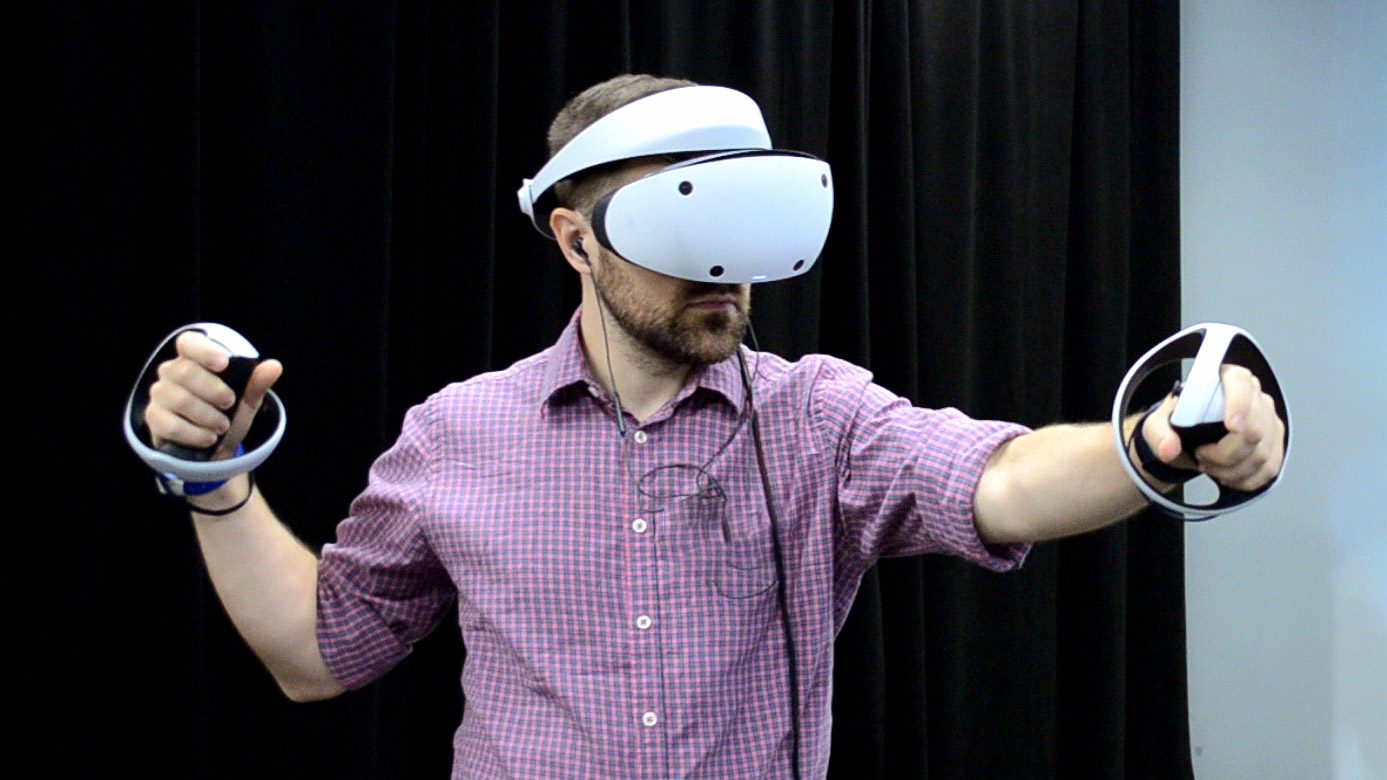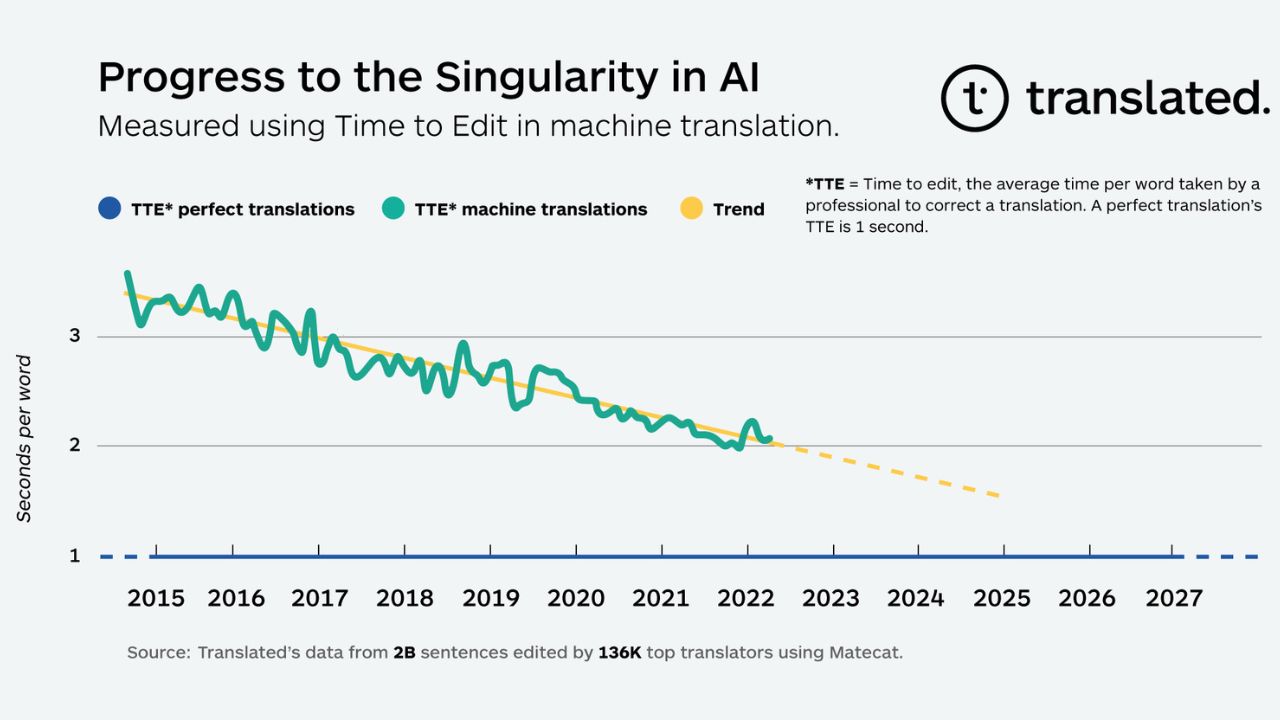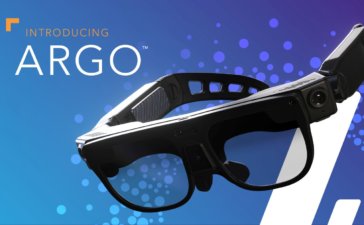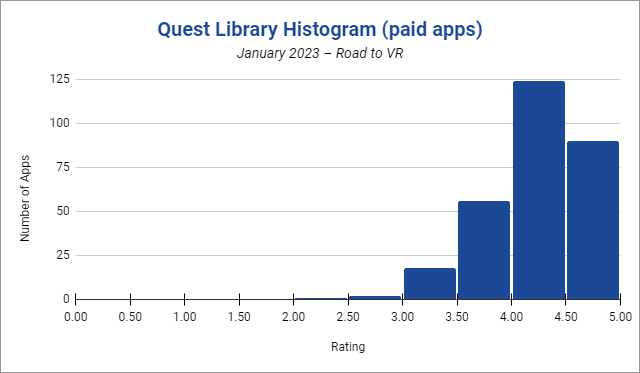Picture this: a state-of-the-art community workspace within walking distance from home. A space you share with people not because you’re employed by the same company, but because of proximity. A professional atmosphere, but no office politics. Connection, wellness, and professional development are fostered through yoga classes, mentoring schemes and evening events, and an on-site daycare center supports parents of young children. The space is central to local life; reviving relationships and boosting businesses. Your community is reborn.
This is coworking 2.0.
For the remote work revolution to thrive, we need a viable alternative to the office — one that provides a sturdy life-work barrier, meaningful social connections and professional benefits, without forcing workers to sacrifice the flexibility and autonomy they’ve found at home. If we recognize the potential of this next generation of coworking spaces, we can have the best of both worlds.
Rewriting the rules
Roughly three million people use coworking spaces today; a fraction of the 3.45 billion global workforce. That’s why the debate around remote work since the start of the pandemic has been fixated on a home vs. office narrative. Alternatives to the office that aren’t isolated, lockdown-imposed homeworking have garnered little attention.
If we can take away one positive from the last two years, it’s that it has forced businesses into an age of hyper-testing. For the first time in generations, our inherent beliefs about where, how, and why we work are being questioned. Two hundred years since the original dedicated office buildings were created — when stagecoach was the most popular mode of transport — surely there must be a better way.
And there is. Pre-pandemic, most people couldn’t have imagined a world where coworking was mainstream, let alone treated as a public good. But now the pandemic has demolished the cultural barriers that were preventing remote work for many people, new and exciting possibilities are starting to emerge.
Community workspaces
Perhaps the problem lies in the term ‘coworking,’ conjuring images of tech bros and disastrous IPOs. But whilst the concept grew in startup land, the applications of local, shared work hubs spread well beyond its borders. Workforce digitization is increasing at a rapid rate, making non-home remote environments relevant to a diverse range of workers.
As we enter into the coworking industry’s next phase, I believe the term ‘community workspace’ better captures the wider array of uses and benefits.
What would the workforce look like if everyone could access these fully equipped community workspaces? Instead of organizing our lives around where our employers’ office happens to be, and suffering a soul-destroying commute to get there, we could be working amongst our families, friends, and neighbors, all just a stroll from home. What would this mean for our relationships, mental health, and local economies?
We don’t need abstract guesswork for an answer; evidence suggests that a radical restructuring of where and how we work could help combat loneliness (by providing a space to meet and connect with our community), lower our cost of living (due to the reduction of commuting and energy costs), tackle the burnout epidemic (by providing a work-life barrier), supercharge professional networking (through new contacts and mentoring opportunities), and even help to regenerate local areas (by spreading spending power across a wider geographic area).
Global examples
If you think this sounds like a utopian vision from a long-haired, bracelet-jangling digital nomad, you’re only half right; my proposal is far from intangible.
In Madeira, Portugal, entrepreneur Gonçalo Hall teamed up with local authorities to launch the world’s first digital nomad village. Created as a haven for remote workers to live and work together, Ponta do Sol attracts thousands of visitors each year, directly contributing more than €30m to the local economy so far.
Originally a dynamic tourism scheme, the project attracts talent and innovation. “The coworking space is the epicenter of the community and the whole nomad village concept, where people work, connect, run events and share their knowledge,” explains Gonçalo.
Ponta do Sol isn’t the only coworking project demonstrating that Coworking 2.0 is the natural next step towards a healthier, more sustainable, and inclusive future of work.
Across the pond in Tulsa, Oklahoma, Tulsa Remote is transforming the local economy by attracting thousands of digital workers to relocate to the trendy river city. Central to the success of the program is 36 Degrees North, a 70,000 square feet coworking palace, offering a high-quality workspace, helpful resources, and a diverse community. This has generated a staggering $572.5 million and thousands of jobs in the local community.
Meanwhile in rural Germany, Frederik Fischer is responding to the surge of independent work and a widespread desire for a better quality of life with Neulandia, where he wants to “kickstart a civic-led movement that lasts for years to come” and “create the culture of cooperation, participation, and sharing, that we so desperately need to tackle the challenges ahead.”
Neulandia achieves this by connecting remote workers with forward-looking rural communities, housing them in ‘KoDörfer’ (CoVillages); sustainably built residences which repurpose existing infrastructure into coworking areas. Over five years, participants in these communities have helped to regenerate towns across the country.
Beyond their shared focus on building meaningful communities, these initiatives all have in common the backing of local government stakeholders, who’ve recognized the application of community workspaces to drive positive local impact.
This support needs to be reflected at the highest levels of the EU and national governments if everyone is to experience the transformative power of Coworking 2.0.
Ahead of the trend is the Irish government, creating a platform called ConnectedHubs to simplify and streamline the process of sourcing desks and offices in coworking spaces. This initiative provides a vehicle for coworking providers to come together under a shared identity and build a powerful peer-to-peer community, exchanging knowledge and best practices.
Within 18 months of launching, they onboarded nearly 300 hubs — a speed almost unheard of by government standards. George Bullman, a coworking space provider and member of the ConnectedHubs network, says the, “initiative has linked many rural and urban communities together and created a sharing environment where support and help are always available.”
A space for everyone
While the advantages of remote working have been widely acknowledged, it’s important to remember that it’s not always just the preferable option — it’s the only option.
For some displaced people, remote work is the only way to generate a legal income. For individuals with physical and mental disabilities, a nine-to-five office job isn’t always possible. The same goes for parents who can’t afford childcare, and caregivers, such as a close friend of mine who looked after her terminally ill mother for two years.
In the UK alone, hybrid working could bring back almost four million people who were previously locked out of employment (including 1.5 million disabled people, 1.2 million parents, and 500,000 carers), according to a report from Virgin Media O2 Business and the Centre for Economics and Business Research (CEBR).
And that’s why community workspaces should be deemed a public good. The reality is that the traditional office model is deeply exclusionary, while remote work is fundamentally inclusive, and community workspaces – by improving the remote work experience — compounds its associated benefits. But for this to work, these spaces need to be geographically and financially accessible for all, otherwise only a small, relatively privileged group will continue to reap the benefits, magnifying pre-existing inequalities.
The next generation of community workspaces, with top-down support from governments, can benefit the entire tech-enabled workforce and society at large. There will never be a one-size-fits-all solution, of course. No one is suggesting coworking should fully replace home or office-based work. Ultimately, our goal should be to empower all workers to work where and how they work best.
Now, for the first time ever, there are no technical obstacles standing in the way. So what have we got to lose?
